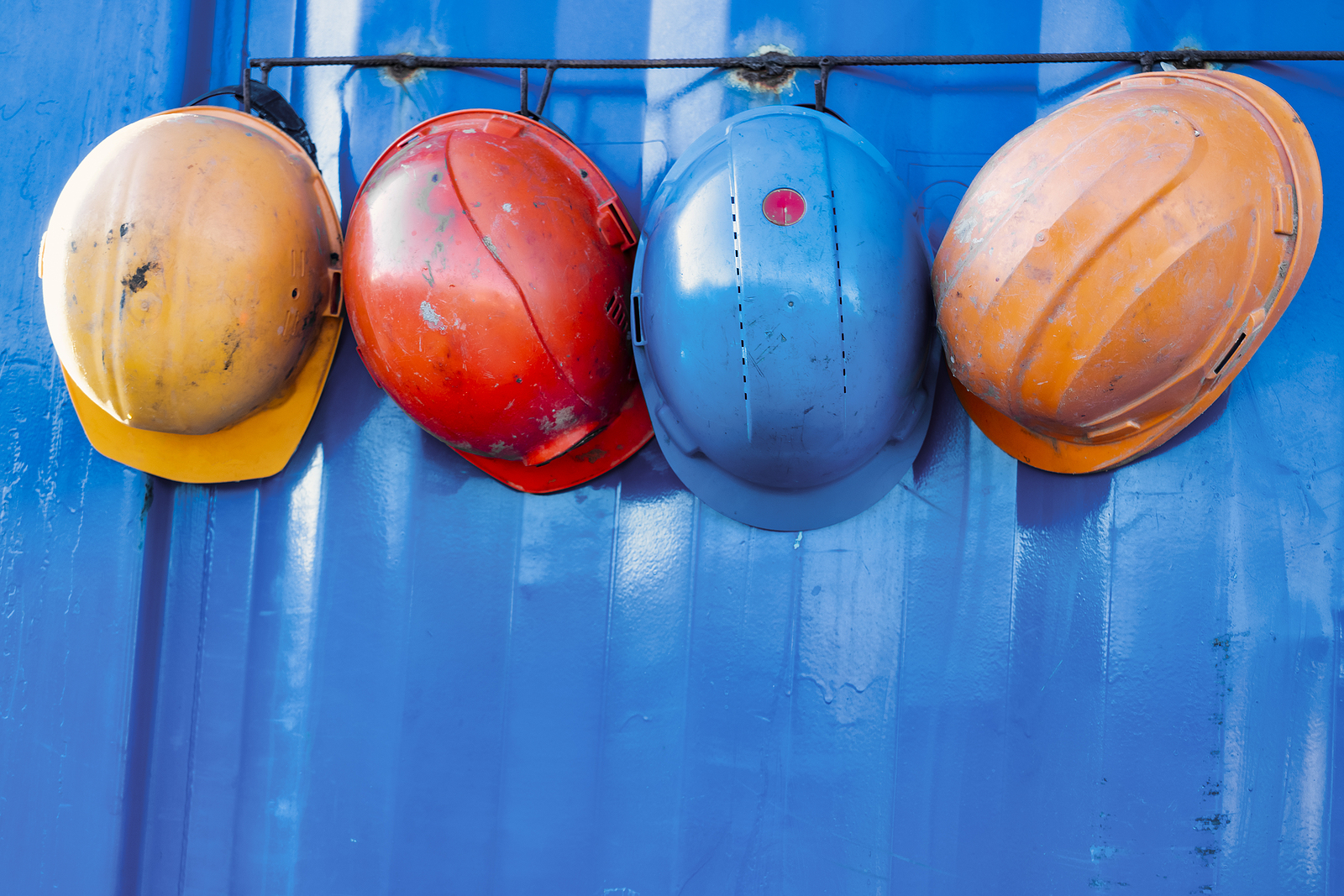Value Engineering & Personnel Selection

By Matt DePrato, VP, Preconstruction & Development
In our previous articles about Value Engineering, we’ve reviewed many of the “brick-and-mortar” aspects of how you can get the most out of your self-storage construction dollars without sacrificing quality or aesthetics.
Now, we turn to the personnel who will execute all the careful planning and estimating you’ve done leading up to — and through — the construction process. An efficient team can save you time in each step of your self-storage project, and as such, they are perhaps the most valuable component of Value Engineering we’ve covered so far.
Of course, every self-storage development project is different, each needing varying amounts of attention from the members of the construction team. To get your project to the finish line, it’s important to assemble an efficient crew: here are some people you’ll want to have on board to ensure success:
The Engineer
For most projects, one of the first members to join your team will be an engineer. An engineer will assist with various aspects, beginning with land-development approvals. Selecting an engineer with a familiarity with your specific municipality will prove to be beneficial, as some local government’s protocols can be difficult to navigate. An engineer who’s friendly with the planning commission staff and understands the process can help with timing, costs, and more.
Another important consideration is whether the engineer has experience with self-storage. While these projects aren’t typically complicated, they do carry unique aspects. Hiring an engineer who’s familiar with the use can save you headaches throughout the development process. A qualified, experienced professional will be an integral part of your team, helping to lead the charge and get your project off the ground.
The Architect
The next crucial member of your construction team is your architect, who’s often the backbone of the entire project. Your architect will design the facility structure and layout, and provide base plans for all of your subcontractors. For this reason, it’s critically important that your architect have industry experience, and an understanding of the different types of self-storage facility design: for instance, has the architect designed a multi-story facility before, or a conversion project?
As with your engineer, finding an architect who’s acquainted with your municipality can be a plus. Having a familiar stamp on plans during the code-review process may help move the project along faster.
Finally, the architect’s work shouldn’t come to an end upon plan approval. They should be a resource throughout the entire construction process, especially during inspections and times when your contractors have questions regarding the layout.
Contractors
Your next step in assembling a team is to identify each of the trades or subcontractors you’ll need during the construction process. For example, which mechanical, electrical, and plumbing (MEP) contractors will handle all of the inner workings of the buildings?
Due to the complexity of these decisions and trades, we recommend hiring a general contractor (GC) who can orchestrate the entire team and process. You might be able to handle this role on your own, but it does require significant construction knowledge, a lot of time, and a ton of patience to navigate the procedure and deal with the daily nuances of construction. An experienced GC can alleviate these concerns for you.
When hiring a GC, it’s absolutely imperative that they have experience in building self-storage facilities. Your GC should be willing to work with the engineer and architect you’ve chosen or be able to introduce you to his or her own network of suppliers and subcontractors. These relationships may even save you the time and headache of having to assembling a team on your own.
Also, ask your GC about a preconstruction-services agreement. Similar to performing due diligence in an acquisition, this kind of agreement can save you from entering into a full construction contract too early, and will provide you with important information related to the project. Your GC will work on designs, build a budget, and develop a timeline.
Suppliers
If you decide to be your own GC for some or all of the construction scope, you may end up needing to select your own steel supplier and MEP contractors. When choosing a metal-building supplier, consider these questions to help you narrow the selection:
- Has the company built multi-story facilities?
- Has it worked with over/under buildings?
- Does it provide a complete package or only handle structural steel?
- Does it provide labor for steel erection or only materials?
- What’s its lead time on supplying steel?
- Does it provide full permit drawings or just “shop” drawings for the erection crew?
- What are its lead times on drawings for permit submission?
As with the other personnel mentioned above, it’s helpful to find MEP contractors that are familiar with self-storage. Because storage properties aren’t typically heated and cooled like other types of real estate, a regular commercial mechanical contractor may not be the right fit. You may also end up spending too much time walking them through the layout and design process. If your MEP contractors can’t provide you with permit drawings, you’ll need to contract with a third party MEP designer.
Construction on any level can be daunting. Do your research — and then some. If you’re assembling your own team, obtain proposals from different companies for each of the necessary components. Ask for referrals and contact them. Ask to see their work and visit completed projects. If you have any hesitations at any point during the process, reach out to the GC. The success of your project depends on the efficiency and capability of the team you select.
These are just a few suggestions we incorporate into our comprehensive design-build process. If you’d like to learn more about our process, we’re glad to answer any questions.
